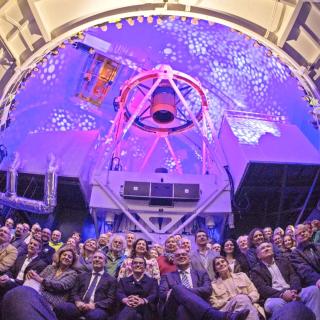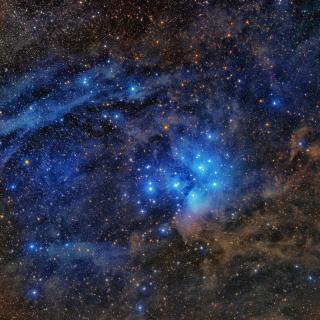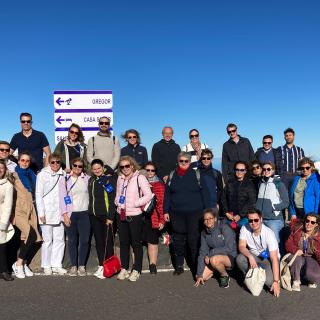
Yesterday, 30 October 2023, from the telescope itself at the Roque de los Muchachos Observatory on the island of La Palma, the WEAVE instrument, a powerful state-of-the-art multi-fibre spectrograph, was publicly unveiled. The inauguration ceremony brought to La Palma the leaders of the science funding agencies from the partner countries of the Isaac Newton Group of Telescopes (ING), as well as a strong representation from the 500 members of the science teams and the organisations involved in the design and construction of WEAVE, making it the largest ever gathering of people inside the dome
Advertised on




